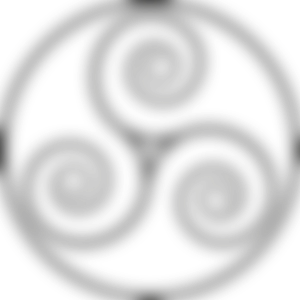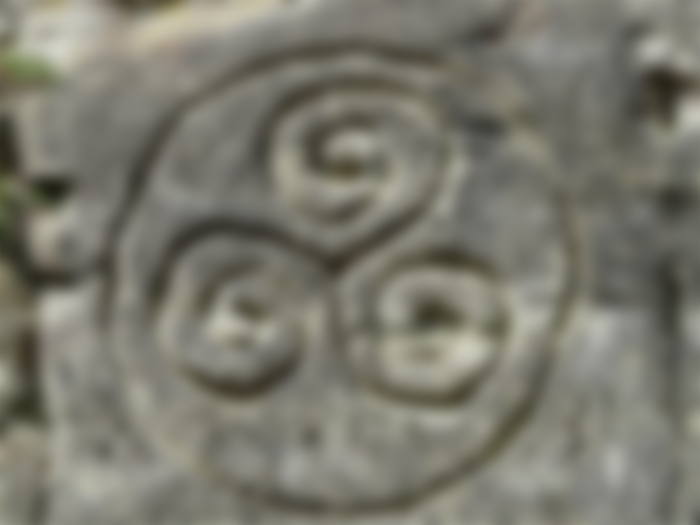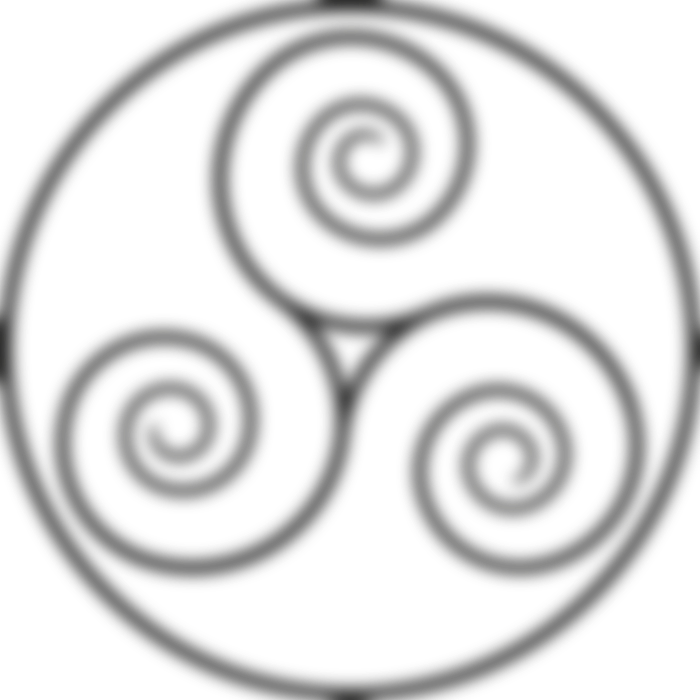The Celtic world is the history and culture of a people, which remains for many sides mysterious, yet it enters as an essential component of the European civilization. In the 4th and 3rd centuries B.C. it was possible to cross the whole continent, from Ireland to Asia Minor, without ever leaving the territory occupied by the Celts; even afterwards, rejected or tamed by the Romans on the continent, the Celts developed their great civilisation in Ireland, Scotland and Wales. The Celts are distinguished from other Indo-European bloodlines in the Mediterranean and Eastern Europe by their impulsive nature, easy to enthusiasm and despair. They were very courageous in battle, where women appeared even more fearful than men, but also sensitive to affection, to poetry. In their oldest social and religious organisation they showed direct affinities with India: their calendar was lunar, their priests, the Druids, closely resembling the Brahmins.

Ireland appears to be the country where Celtic civilisation took root and was able to develop more fully from the 5th century BC. From there the Celts spread to Scotland and the British west coast (and only much later to French Brittany). Only the Vikings were able to subjugate the Celtic kingdoms for a short time (from the 9th to the 10th century of the Christian era) during their extraordinary but ephemeral expansion. The Celts, who worshipped Nature, populated the land with spirits, good or bad; they believed in those of vegetation, wheat and fertility: the fairies and the goblins of later popular beliefs. Christianity succeeded in eliminating the veneration of Celtic gods in northern Europe. Today, instead, the ancient propitiatory rituals, children of Celtic culture, consisting of offerings to trees, stones, fountains with lighting fires or candles and pronouncing spells addressed to them are still kept alive.

Spiral, double spiral, interlacements, knots and Celtic cross are the symbols that best encapsulate the authentic thought and guiding principles of the Celtic people. The spiral and the double spiral both represent the motion of the sun and symbolize respectively the flow of divine energy and the inner balance achieved, the succession of birth and death, day and night. These ancient symbols such as the Celtic four-armed cross-linked to the four elements (water, air, earth, fire), which are united by the fifth, the Spirit, have come down to the present day. The Triskele, on the other hand, is one of the best known and is composed of three spirals that depart from the same centre and wrap around themselves. It simultaneously represents the triple manifestation of God (strength, wisdom and love, the three solar phases of the day (dawn, midday, sunset), the three classes of Celtic society (warriors, druids, builders) and the three parts of life (past, present, future).

By Kork75!



Nature I awesome in holding history and cultures of different tribes.